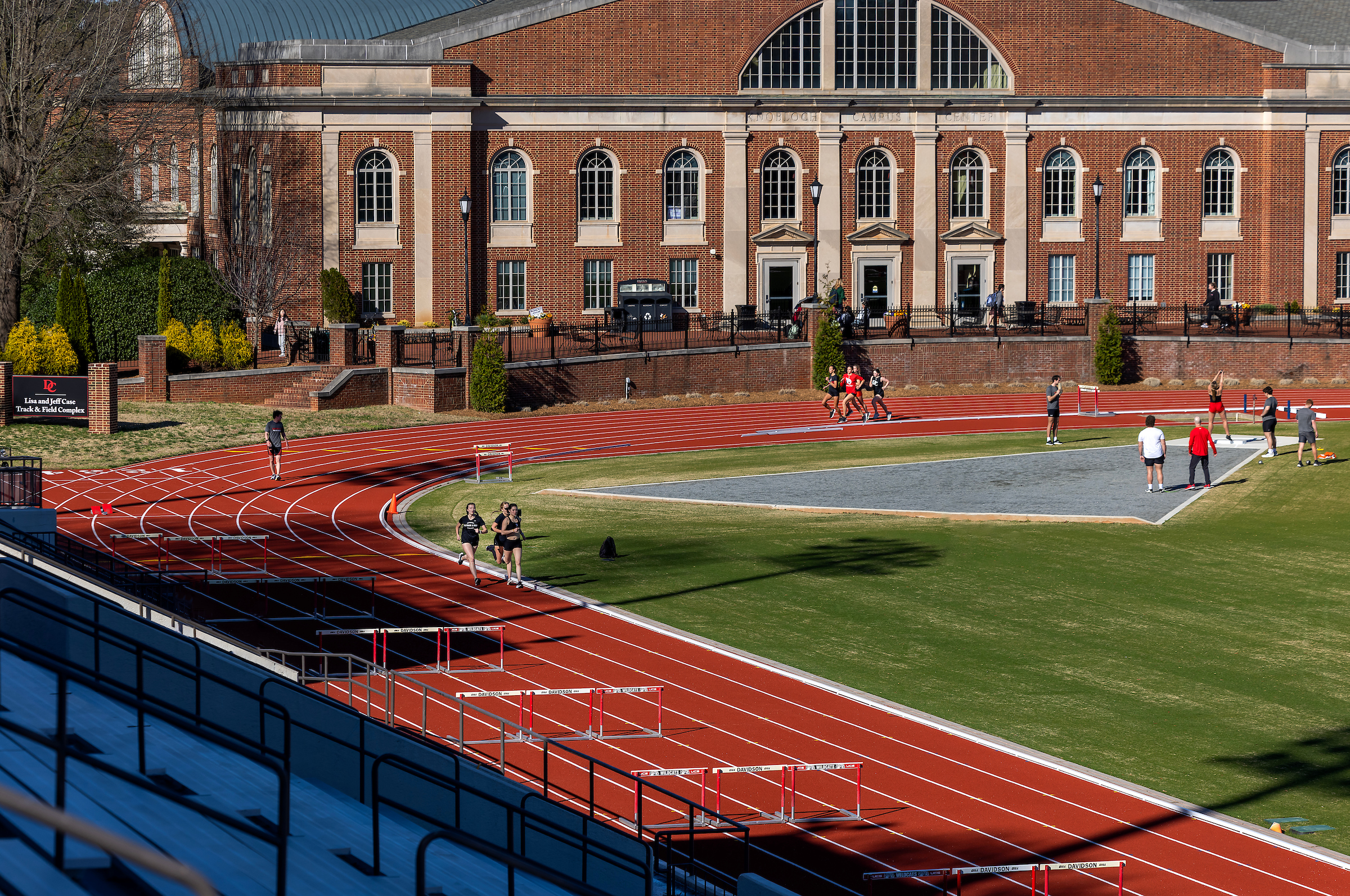Please Touch the Art: Bending the Rules with 3-D Printers
For the past 25 years, Davidson has been sending faculty and students to the Athienou Archaeological Project, a dig site in Malloura Valley, Cyprus established by Prof. Michael Toumazou. Their more than 4,500 catalogued findings remained at a distance until now. Kirsten Huffer '15, a classics and art history major who visited the site two years ago, has printed 3-D sculptures from scans of the artifacts for her project Dig it/Digital: 3-D Printing the Past–Cypriot Style. The final product is a collection of replicas that viewers may not only see on display but also touch.
"Because they're replicas, we're actually encouraged to touch them," said Huffer. "I'm interested in how 3-D printers can be used to transform gallery practices and more broadly how technology can help us to encounter distant art."
Printing Life into Scans
When determining which pieces she wanted to print and display, Huffer aimed to tell the most interesting story while also properly representing the different types of sites in the Malloura Valley. Located in South Central Cyprus, the valley's tombs, settlements and religious sanctuaries reflect activity from Neolithic to modern times with Greek, Roman, Egyptian, Byzantine, Frankish, Venetian and Ottoman influences.
"I chose pieces from all three sites but primarily from the religious sanctuary," said Huffer. "I included representations of divinity, utilitarian objects, and votives that could represent the worshipper or deity." The project includes a figurine of Aphrodite, head of a statuette of Pan, oil lamps, incense burner and pipe fragment.
The replicas are constructed layer by layer from plastic, making them hollow and much lighter weight than the originals. To avoid support structures that would alter the appearance of the objects, Huffer worked with former Sculpture Lab Technician Austin Sheppard to decide how many individual sections and at what angle to print each piece. She explained, "You want to print as few sections as possible to minimize seams but you also don't want support structures to interfere with the integrity of the objects."
Huffer first learned about 3-D printing in a digital art course. As an art history major, she was required to take two studio art courses and decided to go the digital route. "I heard people talking about 3-D printing, and I was intrigued and ready to try something new and different," she said.
After printing the pieces, Huffer primed and painted them with acrylic to make them resemble the originals as closely as possible. The last time she had encountered the objects and similar objects first hand was in the summer of 2013 when she participated in Prof. Darian Totten's archaeological project in Italy.
"I enjoyed learning how to excavate," she said. "It's a very detail-oriented process that involves precisely recording locations and measuring soil."
Developing an Ancient Interest
Huffer's interest in archaeology dates back to middle school. She began taking language courses in Latin in seventh grade and continued through high school where she even participated in the Junior Classical League regional and state competitions. In high school she was also first exposed to art history, taking an AP Art History course and participating in a college for high school program through which she studied European humanities for a month in France, London and Italy.
At Davidson, Huffer has been able to further explore both classics and art history. She is a Dobson Healy Scholar and has taken Latin courses to fulfill her language requirement; she double majors in classics and art history; she interns in Davidson's Van Every/Smith Galleries; and she has participated in archaeological projects. The "Dig it/Digital" project serves as a culmination of these deep-rooted passions as well as a new passion for technology.
"I chose to do this project rather than write a thesis because it was different from anything I had ever done before," she explained. "It was a great opportunity to combine my interests in excavation, gallery practices and 3-D printing."
The presentation of "Dig it/Digital" was made possible with generous support from the Athienou Archaeological Project, the Davidson College Van Every/Smith Galleries, Davidson College Friends of the Arts and its Spike! Grant program, Davidson College's Robert C. Whitton Mentoring Fund, and the Davidson College Art Department.


